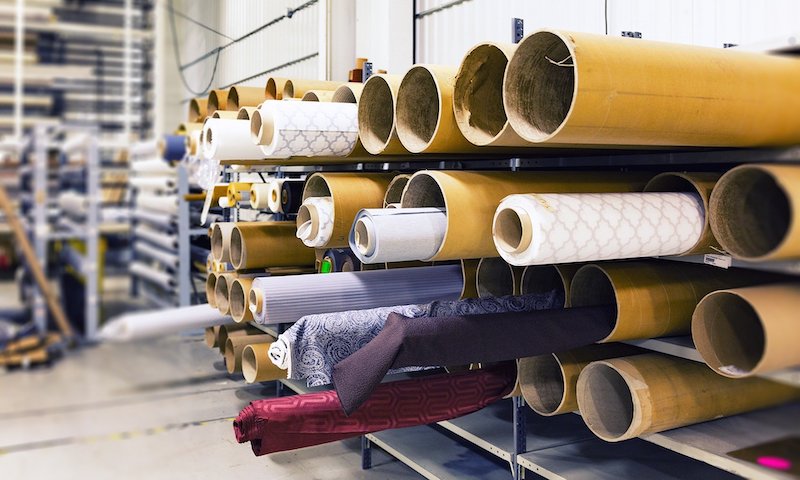
Material Guide
Fabric is the most essential material for the making of a polo shirt. The type of fabric used will determine the cost, printing technique and quality of the polo shirt. There are two primary categories of fibres commonly used. They are natural fabrics and man-made fabrics (synthetics or petroleum-based). Some natural fabrics are hemp, cotton (the most common), ramie, linen, wool, silk, bamboo, coconut and soy. Some common synthetic fabrics are polyester, spandex, rayon, viscose and tercel.
The most common fabrics used to manufacture tee shirts are usually 100% cotton, 100% polyester or polyester mixed with cotton (poly-cotton). Within the same type of fabric, they are different types of grade and quality available. Each type of fabric has its own unique properties and their combination will create new material properties. There are a few primary types of fabric that are used commonly used in the garment making industry.
Types of fabric
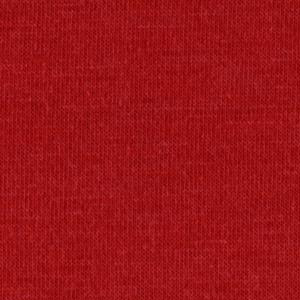
Pure Cotton
Pure cotton has good moisture-wicking abilities, breathability and decent durability. However, cotton is prone to shrinkage and skewing. Cotton will also fade in colour eventually, especially with darker colours. There are different types of cotton available. The cheaper cotton used short-staple cotton that will cause pilling and faded colours after a few washes. The longer staple cotton is smoother and the colour will last longer. Cotton is also costlier compared to Polyester.
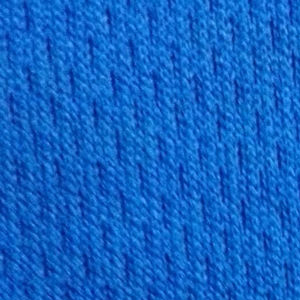
Polyester
Polyester (polyethylene terephthalate) is a material derived from a chemical reaction involving petroleum, water and air. This artificial material is comprised of purified terephthalic acid (PTA) and monotheluene glycol (MEG). Polyester is durable, does not wrinkle or shrink and are highly resistant to staining. Polyester is hydrophobic and so it offers limited breathability and is thus non-sweat absorbent leaving the wearer with a moist, clammy feel. Polyester is also not as smooth and comfortable as cotton.
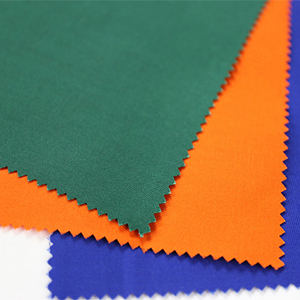
Polyester Cotton Blend
Polyester cotton blend is commonly used for corporate polo shirts or uniforms because the blended synthetics increase durability and stain resistance at a low price point. This blend combined the qualities of the cotton and polyester by adjusting the ratio of the mix. With a blend of cotton, they are more comfortable than an all polyester material shirt. As Polyester cotton blend is also cheaper than pure cotton, this polyester cotton blend material is one of the most widely used in garments.
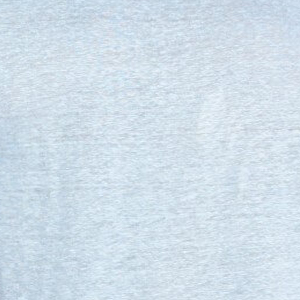
Linen
Linen is made from the fibre of the flax plant. Flax is the main reason for Linen’s highly natural absorbency, breathable and quick-drying characteristics. Linen is laborious to manufacture, but the fibre is very absorbent and garments made of linen are valued for their exceptional coolness and freshness in hot weather. Linen is rougher than cotton and so linen blend is usually used for polo shirts instead of pure linen. Linen is very sturdy and durable, so it is easy to maintain and care for linen garments. Linen garments can be hand washed and machine washed without shrinking the fabric.
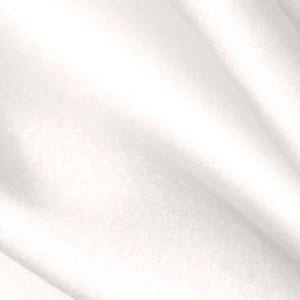
Silk
Silk is light, comfortable, soft and shiny. Silk winkle easily and loses its colour when it gets hot and wet. Pure silk is expensive and not recommended for polo shirts. Silk is very lightweight making it ideal for special occasion dresses, scarves, lingerie and even linings. Cotton-silk or linen-silk blends are more suitable for polo shirts. As silk can be made from a variety of different silkworms, all carry different qualities and features that make them the perfect fit material for specific garments. Silk doesn’t cling as compared to polyester material which attracts static electricity. Silk is far superior and a popular choice of material for luxurious and glamourous wear.
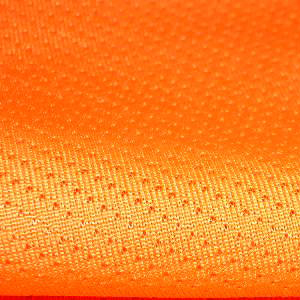
Microfiber/Quick Dry
Microfibre is a synthetic fibre that is made up of several different materials in various combinations. The most common types of microfibers are made from polyesters, polyamides (e.g., nylon, Kevlar, Nomex, Trogamide), or conjugation of Polyester, Polyamide, and Polypropylene (Prolen). Microfiber fabric is elastic, shiny, durable, stain-resistant and highly versatile. Microfiber fabric is commonly used for athletic performance apparel and sportswear because the microfiber material wicks moisture (perspiration) away from the body, keeping the wearer cool and dry. Additional features like UV protection and odour reducer can also be added to the microfiber fabric.
Knit Designs
The quality of a polo shirt does not just depend on the materials but also the knit. Knitting is a method by which yarn is manipulated to create the fabric. Different types of yarns (fibre type, texture, and twist), needle sizes and stitch types can be used to achieve knitted fabrics with diverse properties (colour, texture, weight, heat retention, water-resistance or integrity). There are numerous types of knits, below are the few common knits.
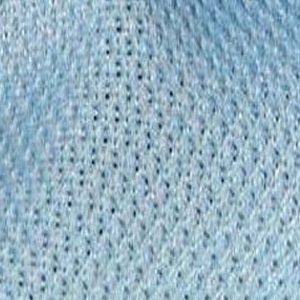
Pique Knit
Pique knit has the characteristic of a three-dimensional waffle look. It looks like a tiny mesh grid. Pique knit is the most popular polo shirt knit as it is not only flexible but also breathable. The scale of the waffle can differ tremendously and different kinds of knits are in existence. Bigger holes are used for more breathability and smaller holes are used for lesser weight. In terms of breathability, Pique knit is more superior to Jersey knit.
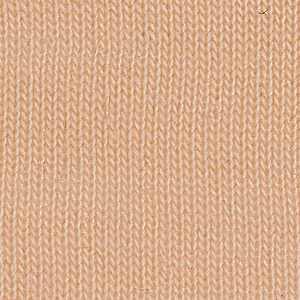
Jersey Knit
Jersey knit or referred to as single knit. It has distinct right and wrong sides, with fine ribs running lengthwise on the fabric’s face, and semicircular loops running across the reverse. Many variations of stitches and fibres create a wide variety of single knits, ranging from delicate openwork to heavy, thick piled fabric. This knit has little or no lengthwise stretch, varying amounts of crosswise stretch. Jersey knitted fabric with little or no crosswise or lengthwise stretch can be used for skirts, blouses, dresses and t-shirts without pattern adjustments.
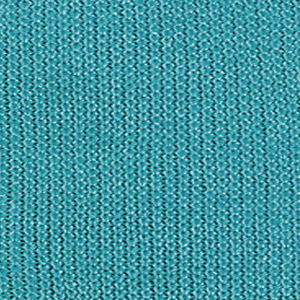
Interlock Knit
The interlock fabric is made by interlocking two simple ribbed fabrics, each made with a single yarn. This knit has fine ribs running lengthwise. Fabric’s face and reverse look the same thus making it reversible. Interlock knit has no lengthwise stretch; more crosswise stretch than double knits or jersey knit. This knit has fairly good shape retention. Interlock knit fabric is smooth on both sides and is wonderful for T-shirts, polo shirts, turtlenecks, casual skirts and dresses.
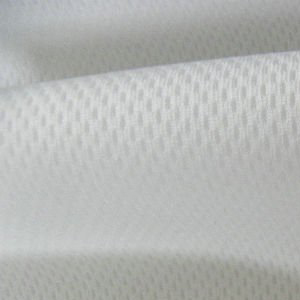
Eyelet Knit
The same good characteristics of jersey knit can be embellished with the addition of an eyelet pattern. This knitting method is the Eyelet knit, whereby small holes or perforations are patterned on the fabric to facilitate breathability. This eyelet knit fabric is commonly used in sport wears.
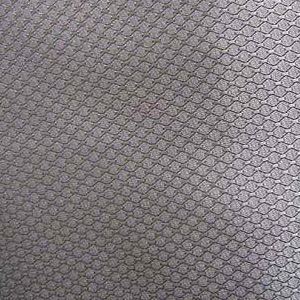
Honeycomb/Lacoste Knit
Honeycomb or Lacoste knit is a variant of the pique knit with a similar knitting style. It mimics the hexagonal wax cells pattern found in beehives. The Honeycomb knit consists of ridges and hollows that allow the fabric to readily absorb moisture and thus it is a popular fabric for polo shirts.
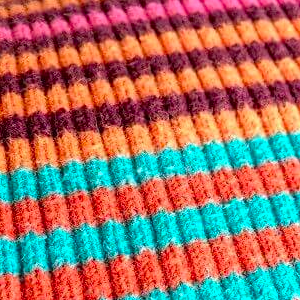
Rib Knit
Rib knit has visible distinct vertical ribs on both sides of the fabric. It is made of alternating knit and purl stitches on the same row with a weft knitting process. It is commonly used to make bands on turtlenecks, t-shirt, neckbands and cuffs, but it can also be used to make a whole garment with this fabric.
Contact Us. Get In Touch!
Contact our expert for a discussion. Provide us with as many details as possible (expected delivery date, quantity required, logo, budget, no of colour print, etc..). Our Customer Service Team will get back to you within 2 working days.
Our Address
7 Temasek Boulevard #12-07 Singapore 038987
Call Us / Whatsapp
(65) 96319650
Email Us
enquiry@nuera.com.sg
